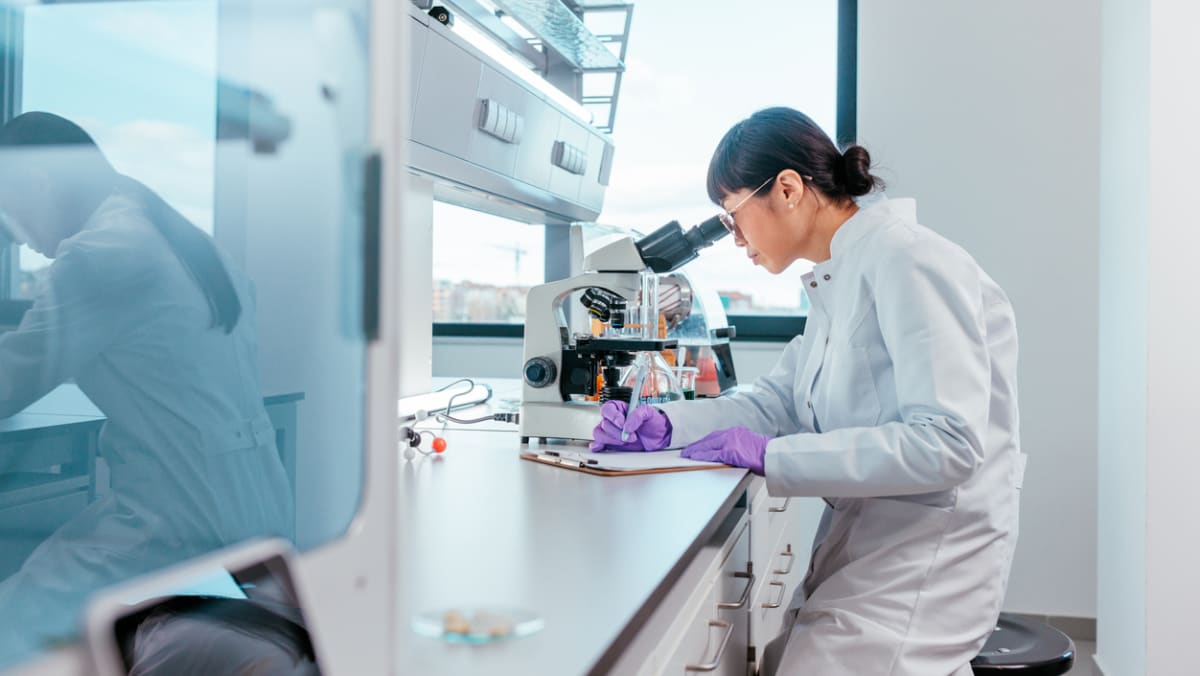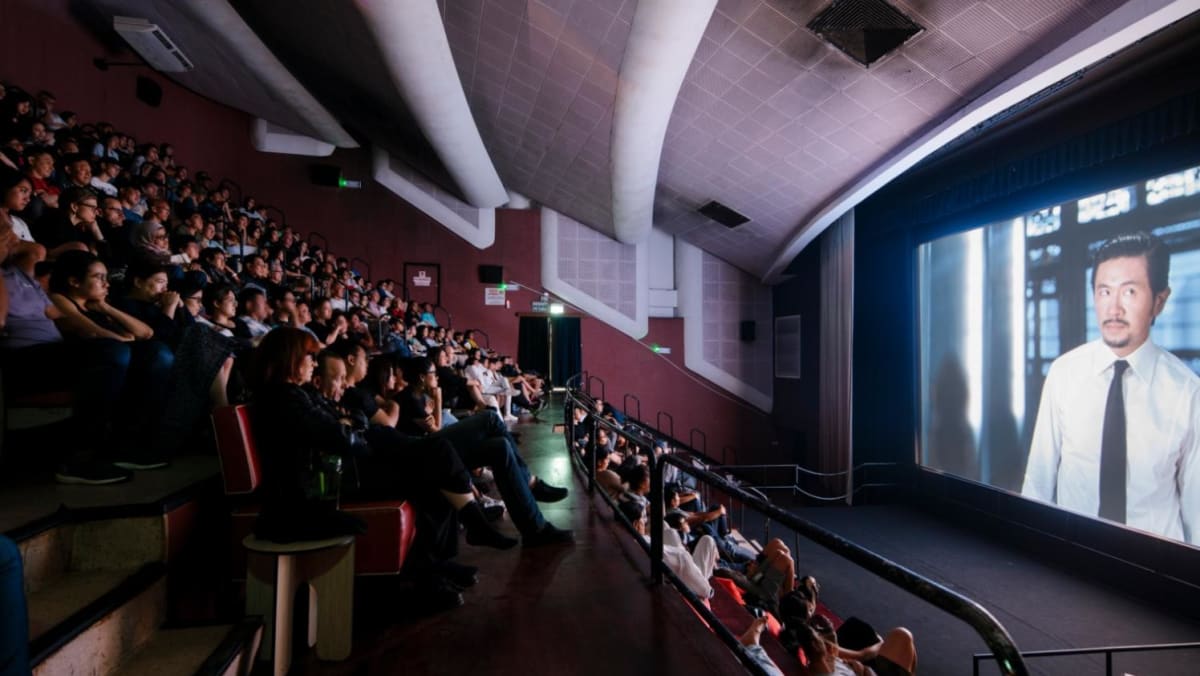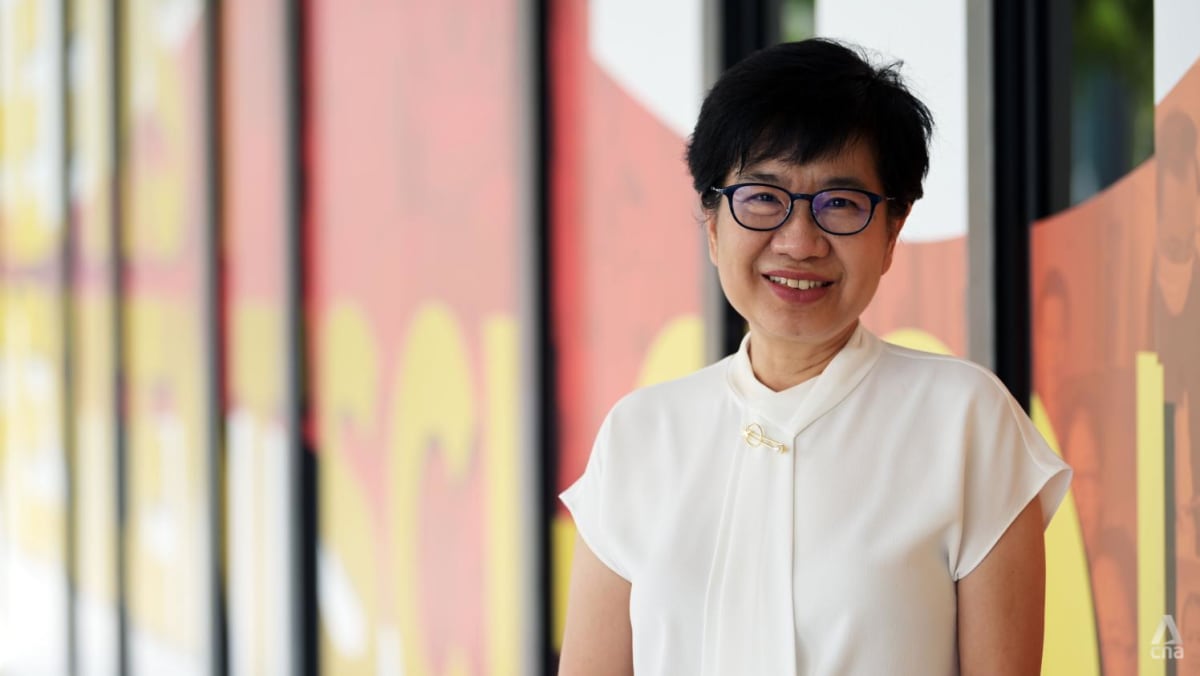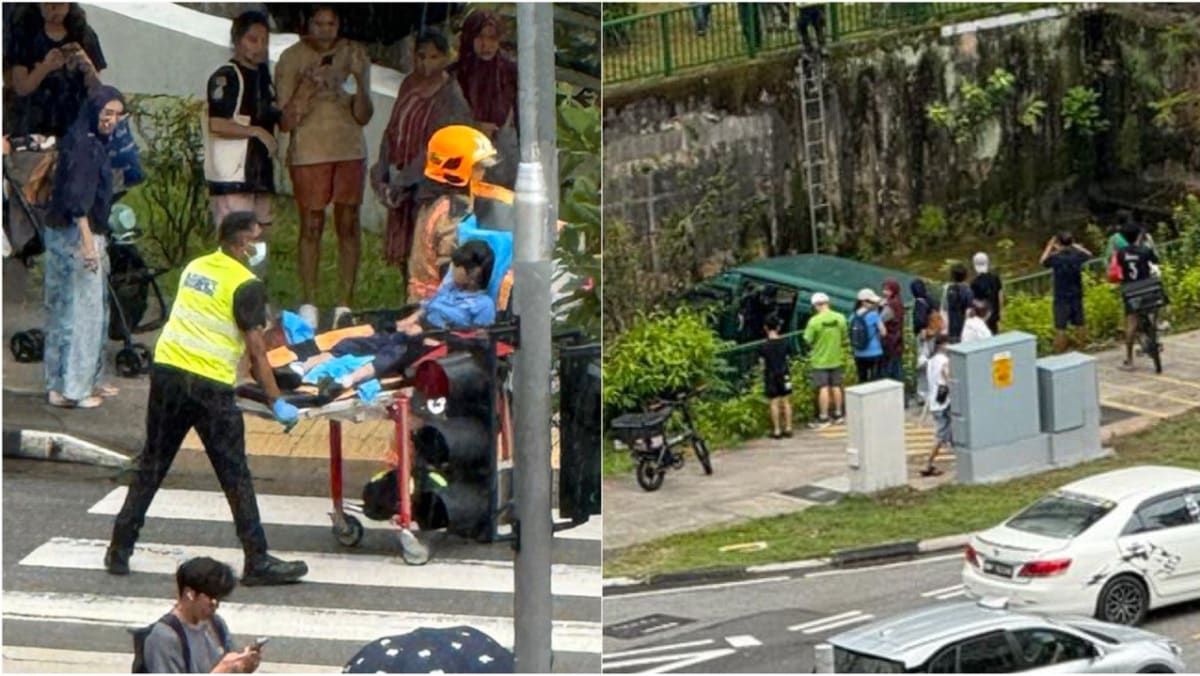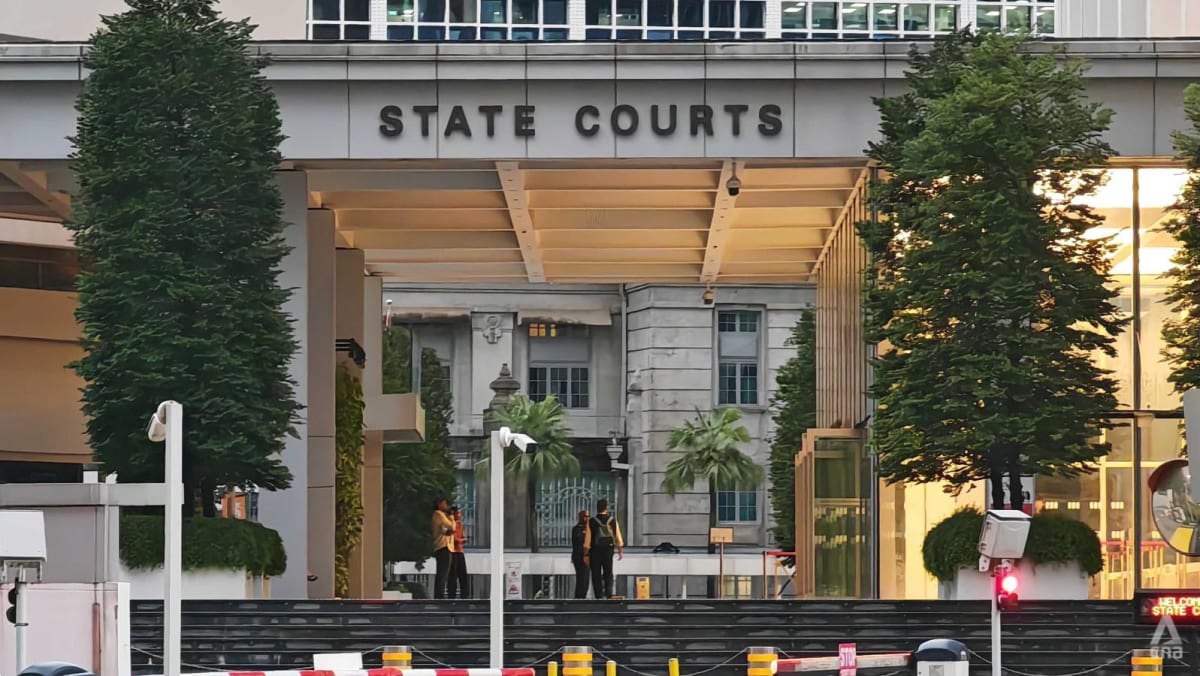POTENTIAL PITFALLS
While more details about the scheme are forthcoming, several concerns naturally arise. Employers – especially small- and medium-sized enterprises (SMEs) – are adopting cautious hiring practices in light of rising costs and uncertain demand.
This raises the risk that trainees may be seen as a source of temporary labour rather than long-term investments, with no guarantees of full-time conversion once funding ends.
Furthermore, many SMEs face manpower constraints and may hesitate to take on trainees, particularly in areas where artificial intelligence, productivity tools and automation are rapidly replacing routine roles.
If participation is uneven, the programme could end up benefiting primarily large firms that already have training infrastructure in place, leaving smaller companies sidelined.
LINKING TRAINEESHIPS TO GROWTH SECTORS
For the traineeship scheme to make a real difference, it will need to be strategically aligned with sectors Singapore is prioritising for long-term growth. Mr Wong highlighted two such sectors during his speech: biomedical sciences and quantum technologies.
The biomedical sector employs over 24,000 workers across more than 80 pharmaceutical and medical device plants in Singapore. The pharmaceutical sub-sector alone has recorded a 70 per cent increase in employment over the past decade.
From research scientists and engineers to regulatory specialists and commercial leads, the industry is hungry for diverse talent. With multinational companies such as GSK, Pfizer and Novartis operating in Singapore, the sector presents fertile ground for trainees to build relevant skills and secure permanent roles.





